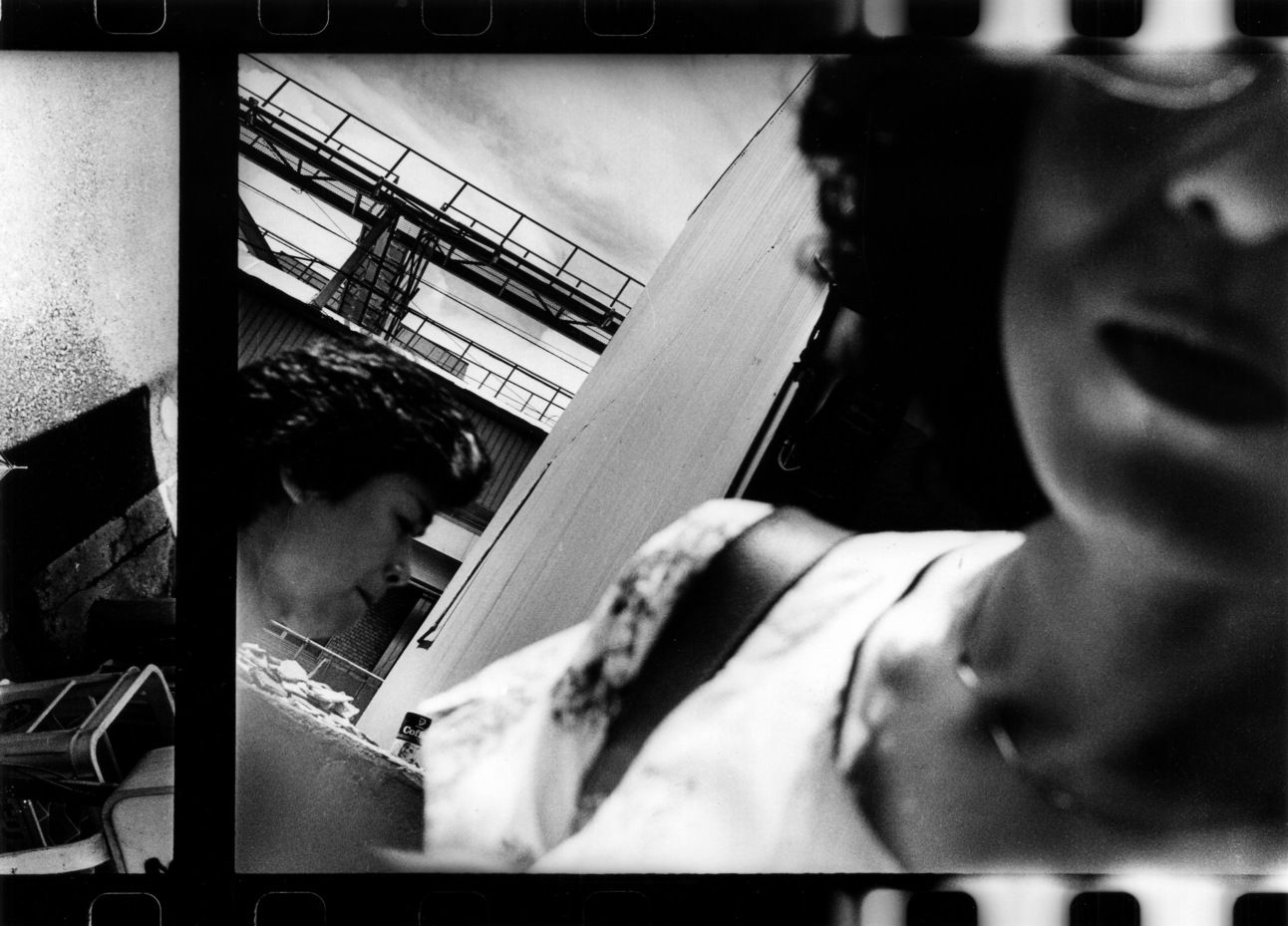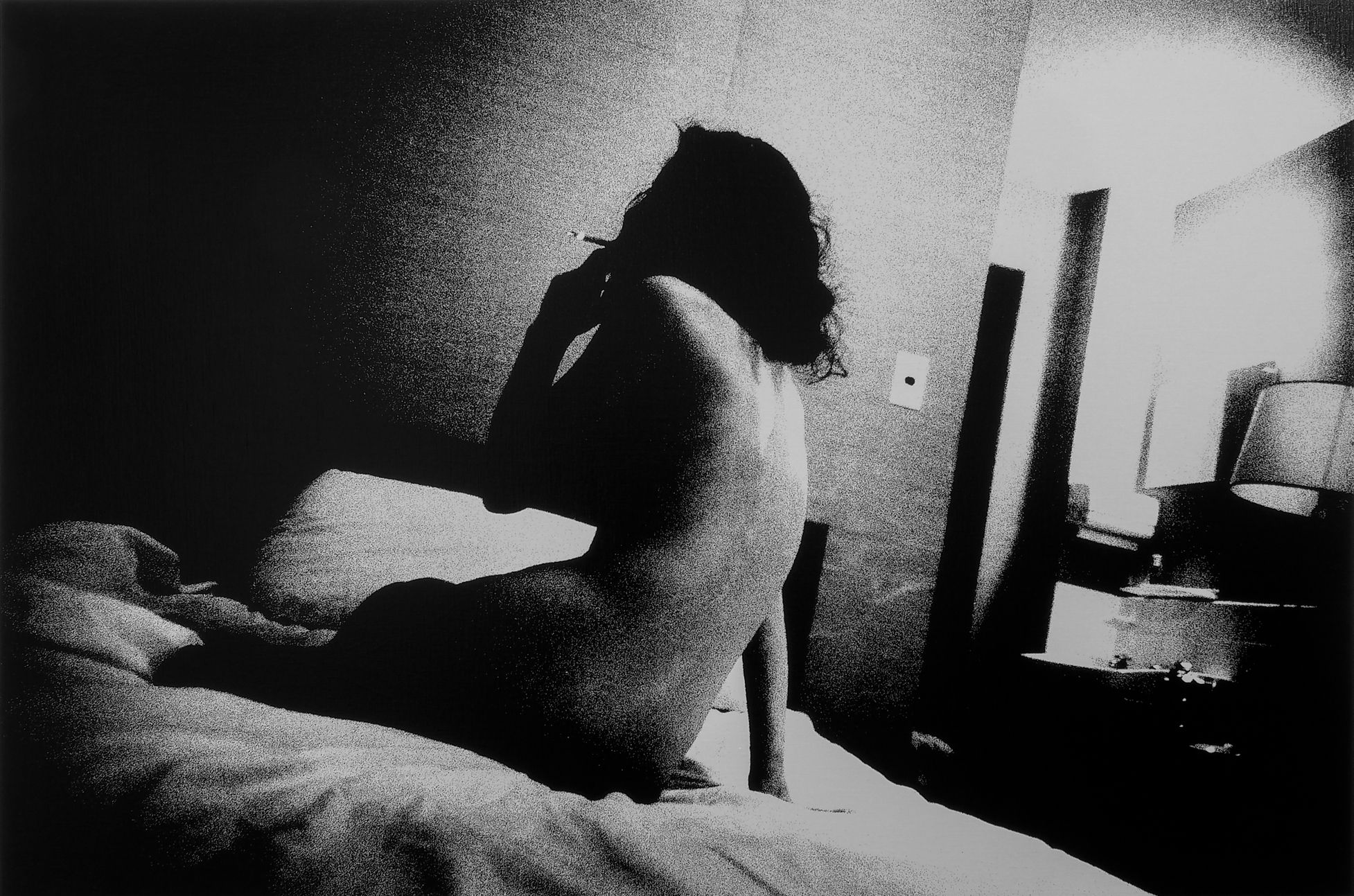In this exclusive interview, Japanese photographer Daido Moriyama and exhibition curatorial team, Wang Rui-Xu and Lan ChungHusan talks to Tatler about the unyielding influence of the magazine, "Provoke" on photography
Despite running for only three short years, Provoke left a lasting influence and impact on photography and avant-grade movement in Japan.
Founded in Tokyo in 1968 by prominent Japanese photographers and critics, Takuma Nakahira and Koji Taki, Provoke was a small experimental photo magazine that advocated for a radical change to traditional photography. The group comprised of other notable Japanese photographers including Daido Moriyama, the Godfather of Japanese street photography, who joined in the second issue.
The magazine and group examined Japan's socio-political situation with a radically inventive style and despite only three issues, its impact revolutionised photography in Japan and Japanese art history. This exhibition in Taiwan, Provoke – Opposing Centrism is the first research-based exhibition to re-evaluate Provoke's influence on photography.
Tatler speaks with Moriyama himself and the exhibition's curatorial team, Wang Rui-Xu, the curator of Kuandu Museum of Fine Arts and Lan ChungHusan manager of Each Modern to talk about Provoke's unyielding influence and impact over the years.


Tatler: Moriyama-san, can you tell us how you became a part of the second issue of Provoke?
Moriyama: I was invited by [Japanese photographer] Takuma Nakahira. At that time, [Japanese director, writer and photographer] Terayama Shuji was also planning to publish a magazine similar to Provoke. Takuma Nakahira knew that I was involved so I wasn't invited to Provoke's first issue. However, Terayama Shuji’s magazine faced a hard time and then shut down so Takuma Nakahira eventually invited me and I joined the second issue of Provoke.
Tatler: How were the three issues of Provoke different from each other?
Wang: The three issues have always been consistent and continuous in their context. Daido Moriyama joined in the second issue so for the second and third issues, we could find more participation from him. Also, Daido Moriyama and Takuma Nakahira became the key artists and the influence of their work still can be seen in the new generation and in the development of photography.
Lan: I regard these three issues as one because it has only been published for three years and the content aren't considered big [compared to other photo magazines]. The main difference is that Daido Moriyama joined in the second issue and began to publish many works that later became classics. Provoke's editing style was quite unique compared with other magazines in the market at that time, including a large number of pictures instead of words and many others. I do believe that it also indirectly influenced the vigorous development of Japanese photobooks later.
See also: Artist Elaine Chiu On Her New Solo Exhibition And Preserving Hong Kong's Urban Identity







